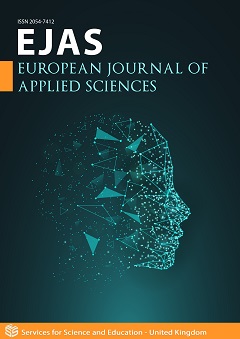Bose Statistics of Random Walks on Graphs
DOI:
https://doi.org/10.14738/aivp.1303.18974Keywords:
Random walk, Bose statistics, Fock states, Markov chains, balance equation, harmonic oscillatorAbstract
We build probabilistic process models of motions on a finite graph for particles moving randomly from vertex to vertex along the edges. For particle statistics, at first we select a single particle and then we build motions of the particle by randomly selected but consecutive edges of the graph. For Bose statistics, at first we build arbitrary random sequences of edges as requests for motions of particles along single edges. The edges are randomly selected by probability weights, or they are triggered by circuits of courses in small steps on circles. It happens that a motion along a selected edge is impossible, a facility not provided in particle statistics and inhibited in quantum mechanics, because there the annihilation of the zero state is zero. We present examples for these process models. We obtain some results, which follow from the balance equation, a refinement of the corresponding balance equation for Markov chains.
Downloads
Published
How to Cite
Issue
Section
License
Copyright (c) 2025 Manfred Harringer

This work is licensed under a Creative Commons Attribution 4.0 International License.






